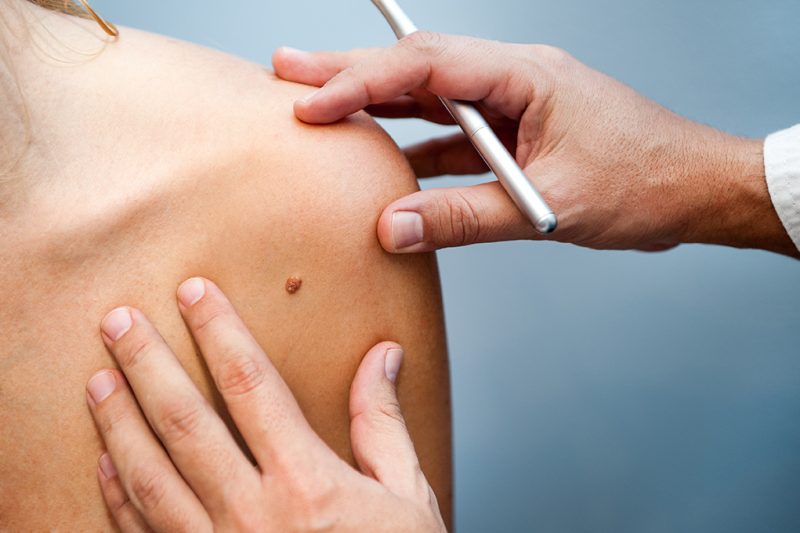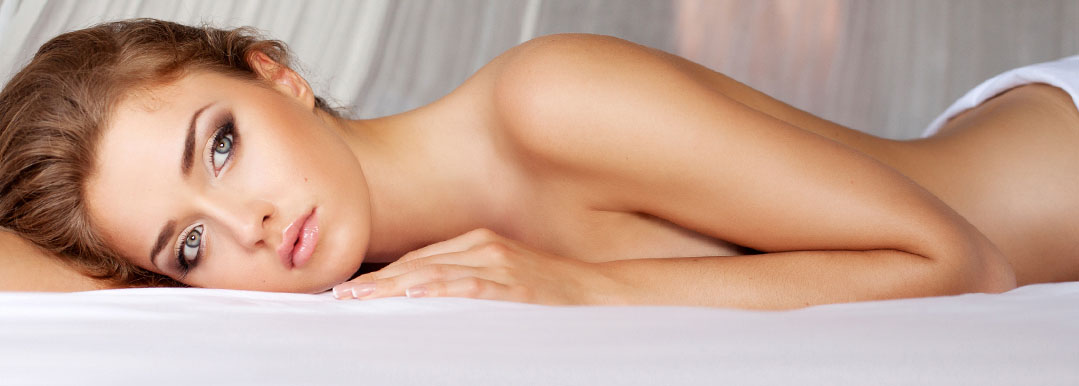
Summer is practically here, and while a sun-kissed glow may be aesthetically pleasing, a “healthy” tan is actually anything but good for you. The idea that tanning is a normal, safe part of summer is outdated and unscientific, and the concept of a “base tan” is nothing more than a myth. In fact, tanning happens because of UV rays causing irreversible damage to DNA in your skin. And all tanning contributes to your odds of getting skin cancer.
Since 1 in 5 Americans develop skin cancer by the age of 70, make it a priority to re-educate yourself about sun safety this National Skin Cancer Awareness Month. We’ll get started by debunking the “base tan” myth, and offer practical tips for safely enjoying the outdoors.
Looking for state-of-the-art skin cancer treatment? Call board certified plastic surgeon Dr. Henry Garazo in Hagerstown, MD at 301-791-1800 or contact us online.
Does a “base tan” protect me from getting a sunburn?
The “base tan” myth involves the idea that building a gradual tan, such as at a tanning bed, before heading on a long beach trip or otherwise long period of sun exposure, could protect you from burning. This is not true.
Let’s get one thing straight: no amount of unfiltered UVA or UVB exposure is safe. Sunlight contains both UVA and UVB rays:
- UVA = Aging, because it ages your skin. About 95% of the sun’s rays are UVA. These penetrate your top layer of skin into the dermis, destabilizing the collagen that makes up the scaffolding of our skin, as well as damaging melanocytes in order to leave you with a “tan.” UVA rays affect us through windows, in the car, and are even around on cloudy days. They also contribute to the development of skin cancer.
- UVB = Burning—and cancer. These rays affect the top layer of skin, or epidermis, leaving you sunburned after prolonged exposure, and sometimes leading to a delayed tan appearance. UVB rays are also to blame for most sun-induced skin cancer.
Because any exposure to these rays causes damages and predisposes us to skin cancer, a “tan” is simply a reflection of how much UV damage your skin has experienced; the bronze color is the skin’s response to the damage.
Is a tanning bed a safe alternative to sunlight?
No, tanning beds are not safe. In order to create a tan appearance, they expose your skin to UV radiation, just like the sun does. While tanning beds may have a higher concentration of UVA light, this does not make them safer.
Should I be worried if I have “healthy tanned” in the past?
If you have tanned in the past (and even if you haven’t), it is key to visit your dermatologist annually so that they can monitor the development of any skin spots. The less direct UV exposure, the better, so start today wearing an SPF of at least 30 on all exposed skin, year-round.
You are not alone if you regret your past sun exposure. Consider the many millions of Americans who spent time outdoors in the 1950s and 1960s as “tan” skin became fashionable, and when tanning with oil (and little to no SPF) was a common practice.
No amount of tanning is safe, as the tan itself indicates that your skin is damaged.
Is there a way to tan safely? Can I tan in moderation?
The only way to safely “tan” your skin without UV exposure is with self-tanners. There is no way to safely tan your skin under UV exposure from tanning beds or the sun.

Can I be outdoors in the sun safely?
Yes, you can still enjoy the outdoors while also reducing your risk of developing skin cancer. Here are a few critical steps to staying sun-safe:
- Wear sunscreen head-to-toe, year-round. For full-body coverage, you will need about 1 oz., or enough sunscreen to fill a shot glass.
- Don’t use expired sunscreen.
- Reapply sunscreen every 2 hours.
- Want to look tan? Self-tanning has come a long way! From mists to mousse, towelettes to serums, you’ll find something that works for you on this list of bronzing, glow-promoting products. (Or try a professional spray tan!)
- Wear sun-protective gear, including a wide-brimmed hat, sunglasses, and sun protective clothing.
- Seek shade when outdoors, and limit exposure during peak sunlight hours of 10:00 a.m. to 4:00 p.m. Check the UV index in your area for more insight into the risk level.
- Regularly perform a skin cancer self-check.
- Visit your dermatologist annually.
Why do I need to wear sunscreen indoors?
Even on cloudy days indoors, UVA rays can damage your skin. If the serious risk of skin cancer isn’t enough to convince you to wear sunscreen, try thinking of it as part of your skincare routine. Sunscreen is a stronger anti-aging product than all of your skincare products combined. Indeed, some experts say that sunscreen is the only critical product in your bathroom cabinet. Rihanna herself advocates for year-round SPF.
How do I prevent skin cancer?
After wearing sunscreen and avoiding UV exposure, the most important steps are to perform at-home skin checks and to visit your dermatologist for annual exams. Skin cancer may be treated if detected early, so these exams are critical to keeping you safe.
Sunscreen is a stronger anti-aging product than all of your other skincare products combined—and you should use it year-round.
What are the signs of skin cancer?
While sun exposure is the cause of most skin cancer, this abnormal growth of skin cells can occur anywhere on the body—including areas that are not exposed to the sun, like the soles of the feet. Warning signs that your doctor needs to check for include:
- Scaly, scab-like patches
- Moles that have changed in color or size
- Moles or lesions (any sort of damaged tissue or sore) that bleed when bumped
- Open wounds that do not heal
As you perform your head-to-toe skin check at home using a stationary and hand mirror to observe hard-to-see areas, make notes of where and when you see any of the above spots on your skin, as well as anything else that seems “off” to you. For more information about detecting skin cancer, including The Skin Cancer Foundation’s ABCDE checklist, visit our skin cancer treatment page.

Choose a board certified plastic surgeon for skin cancer treatment
A board certified plastic surgeon is a key provider in your skin cancer plan of care. Choose a surgeon with full-body anatomical knowledge, as well as experience and training with specialized modified Mohs micrographic surgery technique.
Dr. Henry Garazo of Plastic Surgery Services in Hagerstown works with your dermatologist to offer you state-of-the-art skin cancer care. He is careful to minimize scarring while also helping you to return to your normal activities as soon as possible. To learn more or schedule your skin cancer treatment consultation with Dr. Garazo, call 301-791-1800 or contact us online.
